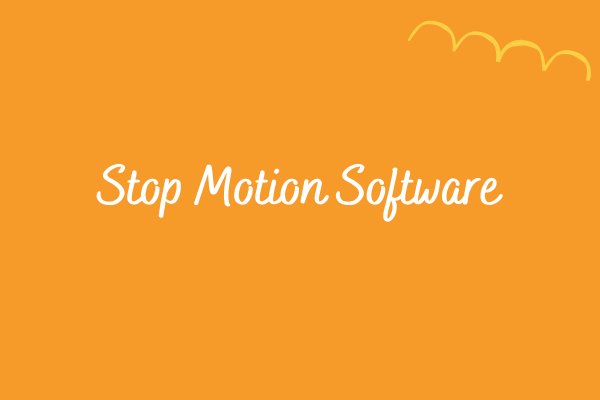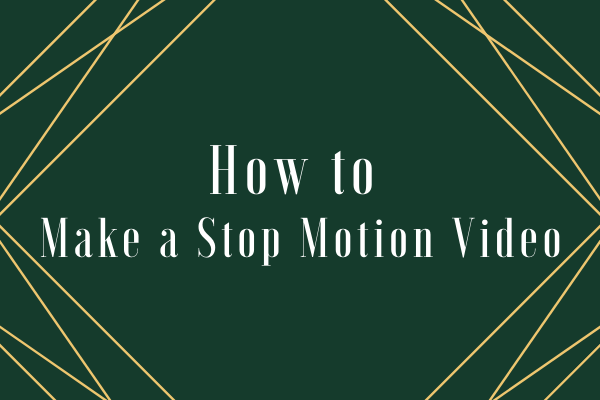Are claymation and stop motion the same? This post from MiniTool MovieMaker will show you what stop motion animation is, what claymation is, and the stop motion vs claymation battle.
Stop motion and claymation are undeniably two of the most time-consuming and labor-intensive forms of animation. For the claymation vs stop motion debate, let’s take a look at a basic introduction to them and their differences.
MiniTool MovieMakerClick to Download100%Clean & Safe
What Is Stop Motion Animation?
Stop motion centers on moving inanimate objects, capturing each frame by frame, and arranging the frames in chronological order to create the illusion of movement.
A typical stop motion consists of 24 frames per second of the video. Different from traditional 2D or 3D animation, where computer-generated imagery is used to create a specific scene, stop motion models the whole scene with the help of physical props, materials, and objects. A typical stop motion animation production process starts with scene modeling using physical objects.
Every character in the animation is created with their designated facial expression and accordingly placed to the script. The set is then lit and composed for the camera. Afterward, the characters are modified moment by moment based on the process of the scene, and each movement is captured using a high-quality DSLR camera.
The flow is repeated for each moment the objects are manipulated to make a chronographic set of images. When altered in quick succession, these images give an illusion of a 3D film created completely through easy photography. Surprisingly, there are numerous types of stop-motion animation, such as object animation, pixelation, clay animation, cut-out, Lego animation, and so on.
What Is Claymation?
Claymation (or clay animation) is not an independent animation type like 2D or 3D. Rather, it is a stop motion animation, following the traditional animation flow of a typical stop motion video, but using clay objects and clay puppets rather than other types of characters.
In clay animation, a clay character is made from a malleable substance such as plasticine clay over a thin metal frame and manipulated and captured moment by moment using a digital camera.
Like any stop motion, these frames are arranged successively to create the illusion of movement. Surprisingly, the history of clay animation can be traced back to the invention of stop-motion animation.
Stop Motion vs Claymation: What’s the Difference?
Talking about stop motion animation vs claymation, the fundamental difference between them is the use of objects and materials.
Stop motion animation is a collective name for a lot of different animations that follow the same approach. Therefore, stop motion animation refers to a range of animation types that fall into this category. For instance, it could be a pixelation, an object motion, a puppet animation, or a cut-out motion.
On the other hand, claymation or clay animation refers to a particular type of stop motion that is incomplete without the use of clay models. Unlike solid Lego pieces, objects, or puppets, clay animation movie characters are made over a wired skeleton covered with plasticine clay to create different body shapes.
Put another way, stop motion is a broad term that encompasses almost anything that follows a particular production approach and claymation is one of its numerous types, with specific reliance on the use of clay. As a result, stop motion is a collective term that can be used for claymation interchangeably as well.
Final Thoughts
After reading the stop motion vs claymation comparison above, you can now choose one to showcase your creativity and bring your story to life according to your taste and needs.





User Comments :